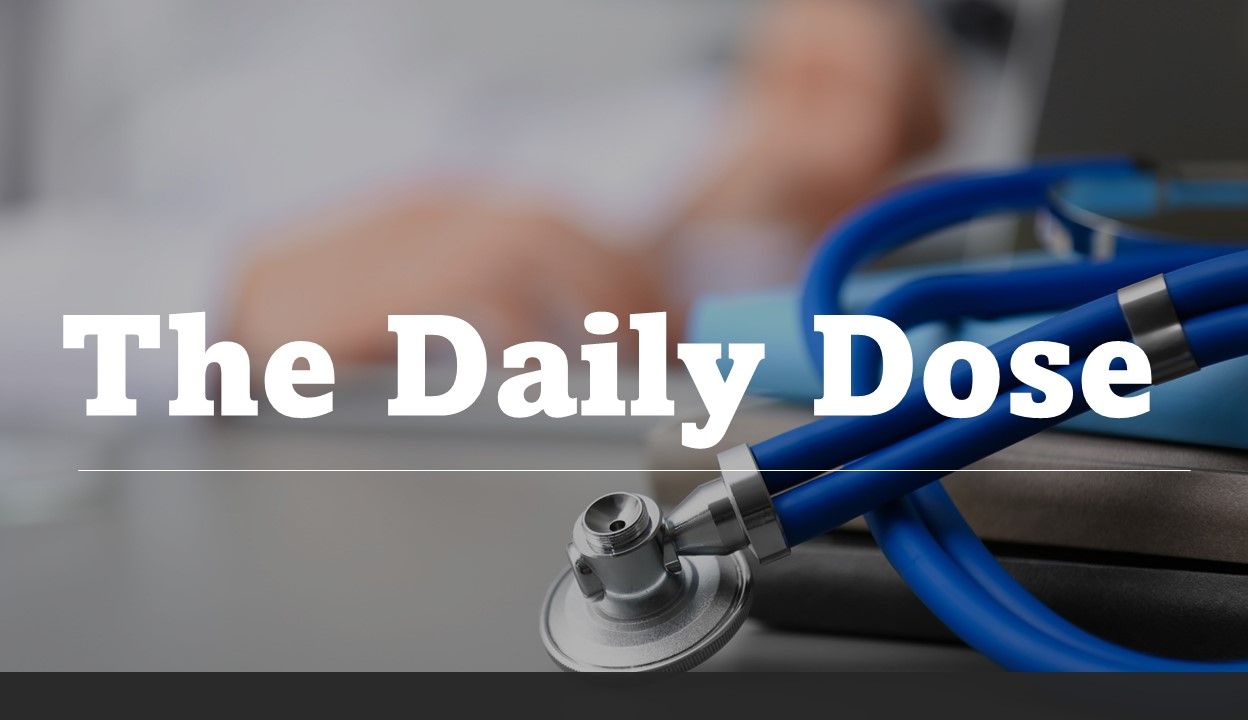Infectious DiseaseInfectious DiseaseInfectious DiseaseInfectious DiseaseInfectious DiseaseInfectious DiseaseInfectious DiseaseInfectious DiseaseInfectious DiseaseInfectious DiseaseInfectious DiseaseInfectious Disease
Advertisement
Daily Dose: Childhood Glycemic Measures as Predictors of Diabetes-Related Complications

Patient Care brings primary care clinicians a lot of medical news every day—it’s easy to miss an important study. The Daily Dose provides a concise summary of one of the website's leading stories you may not have seen.
On June 29, 2023, we reported on a study presented at the 83rd Scientific Sessions of the American Diabetes Association.
The study
Researchers examined the associations of HbA1c and 2-hour post-load plasma glucose (2-hr PG), obtained during childhood (ages 5-18), with future albuminuria (albumin creatinine ratio [ACR] ≥30 mg/g), severe albuminuria (ACR ≥300 mg/g), and retinopathy. For the purpose of the study, retinopathy was defined as at least 1 microaneurysm or hemorrhage, or proliferative retinopathy on direct ophthalmoscopy.
They used longitudinal data from an observational study (1965 to 2007) of children from a Native American community.
The findings
Results showed that in children without T2D at baseline, higher HbA1c (hazard ratio [HR] 3.09 per 1%, 95% CI 1.17-8.22) and 2-hr PG (HR 1.48 per 1 mmol/L, 95% CI 1.31-1.67) significantly increased the risk of retinopathy. Children with T2D (based on baseline HbA1c levels) had the highest incidence of albuminuria, severe albuminuria, and retinopathy compared to those with prediabetes and normal HbA1c levels.
A note from authors
"These findings underscore the value of glycemic screening tests in high-risk children at a time when obesity and diabetes risk factors are disproportionately impacting at-risk communities. By screening with a simple blood test earlier, pediatric care providers can intervene sooner, potentially preventing adverse health outcomes down the line related to diabetes."
Click here for more details.
Related Content
Related Content
Contact Info
2 Commerce Drive
Cranbury, NJ 08512
© 2025 MJH Life Sciences
All rights reserved.
All rights reserved.